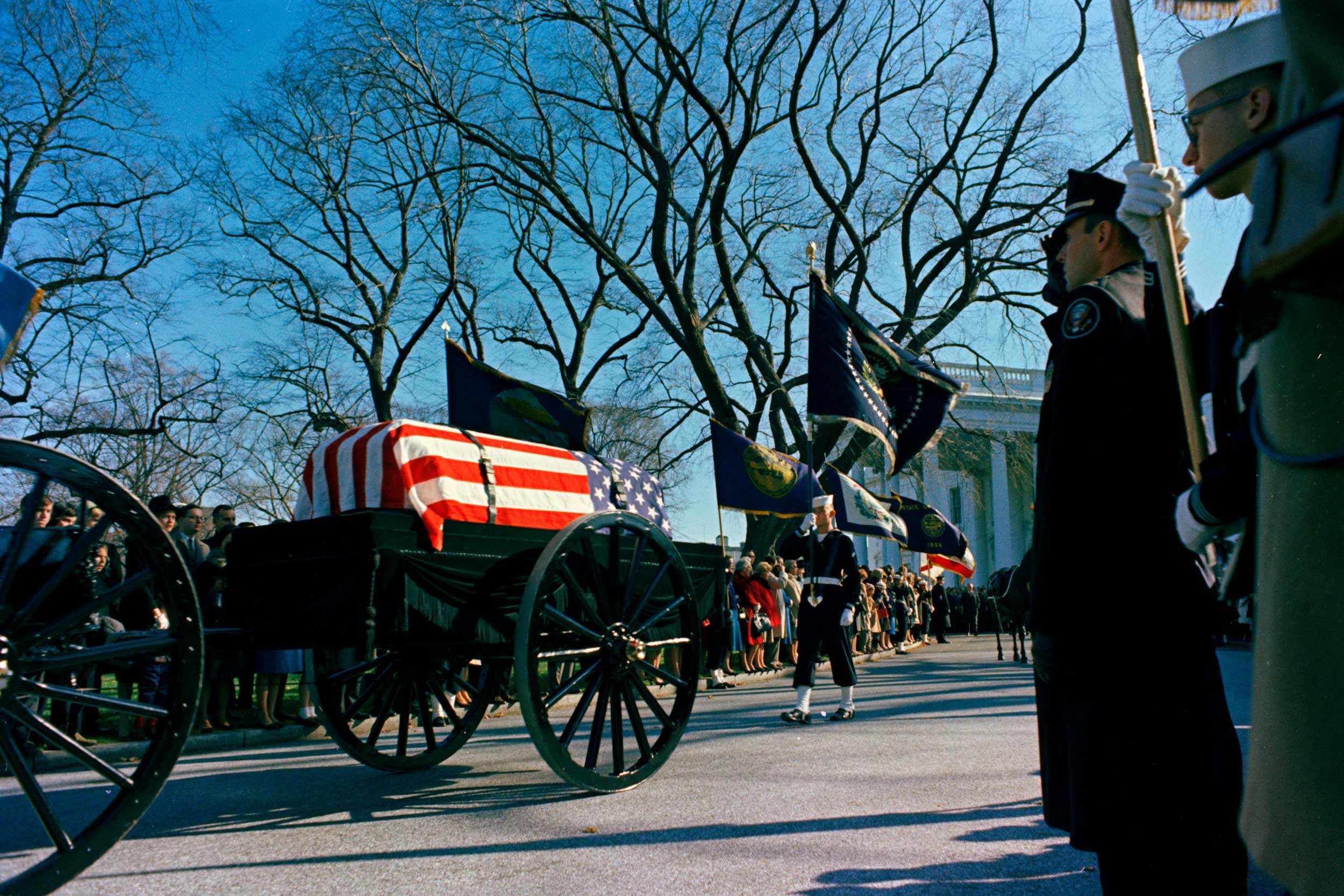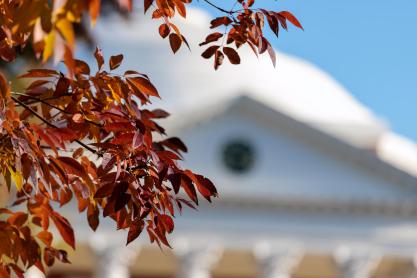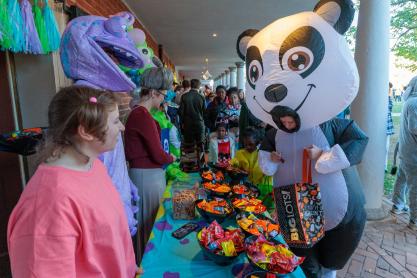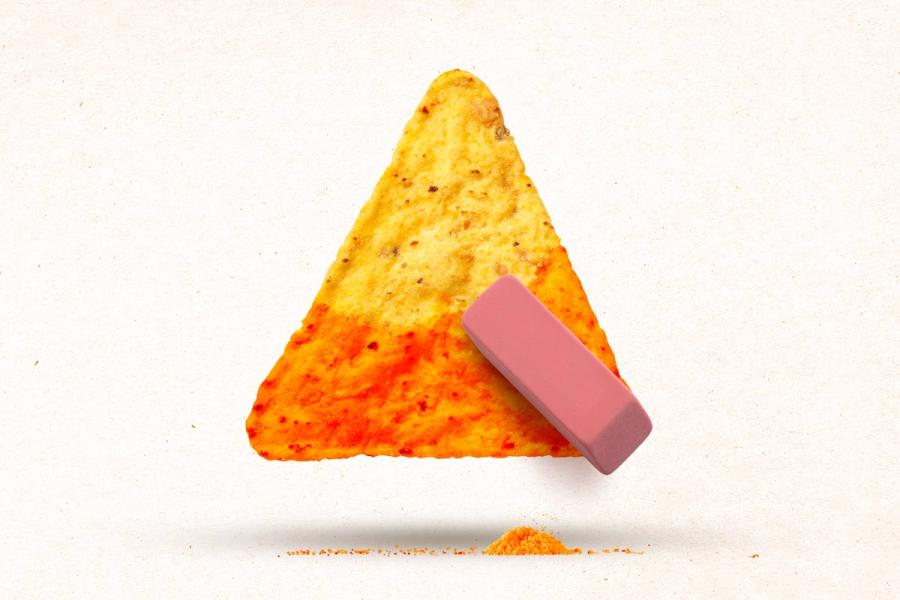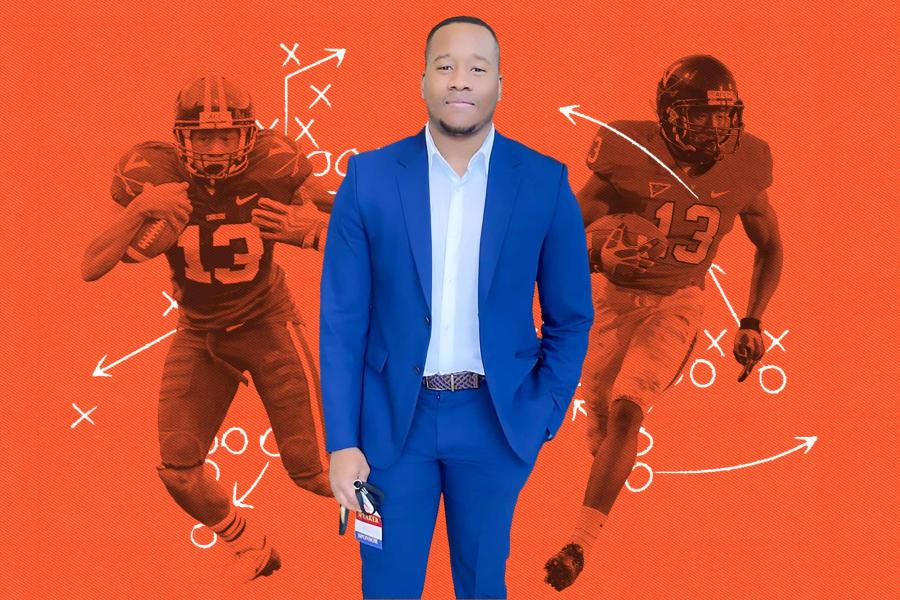On Thursday at 10 a.m., in front of government officials, friends, family, foreign dignitaries, and four former U.S. presidents, the official state funeral for President Jimmy Carter will begin at the National Cathedral in the nation’s capitol.
The ceremony and Thursday’s national day of mourning cap a six-day period of respect for the 39th president. Carter, who won the 1976 presidential election and served one term in office, died Dec. 29 at the age of 100 in his hometown of Plains, Georgia. He was the longest-lived U.S. president.
“State funerals for presidents, whether they die unexpectedly in office by assassination or long after their presidencies – as in Carter’s case – give Americans and the world the public opportunity to grieve and also pay their respects to the late leader of the United States,” said Barbara A. Perry, the J. Wilson Newman Professor of Governance in presidential studies at the University of Virginia’s Miller Center of Public Affairs. She also co-chairs the Presidential Oral History Program at the center.
State funerals are complicated affairs. For Carter’s, it proved to be a busy week.
Official ceremonies began Saturday with a motorcade through Plains, with a stop at his childhood home, before traveling to Atlanta for a public service at The Carter Center, a nongovernmental organization founded by the former president and his wife, Rosalynn.
Carter lay in state for three days at the center, allowing mourners to pay respects. His body then was flown to Washington, D.C., for a ceremony at the U.S. Navy Memorial – Carter, a U.S. Naval Academy graduate, signed the bill creating the memorial in 1980 – and a horse-drawn procession to the U.S. Capitol, where he lay in state until Thursday’s funeral.
Carter’s body will be returned to Plains Thursday evening for a private service.
Unlike governance and domestic powers, the U.S. Constitution has no guidance for presidential funerals. The first occurred in April 1841.
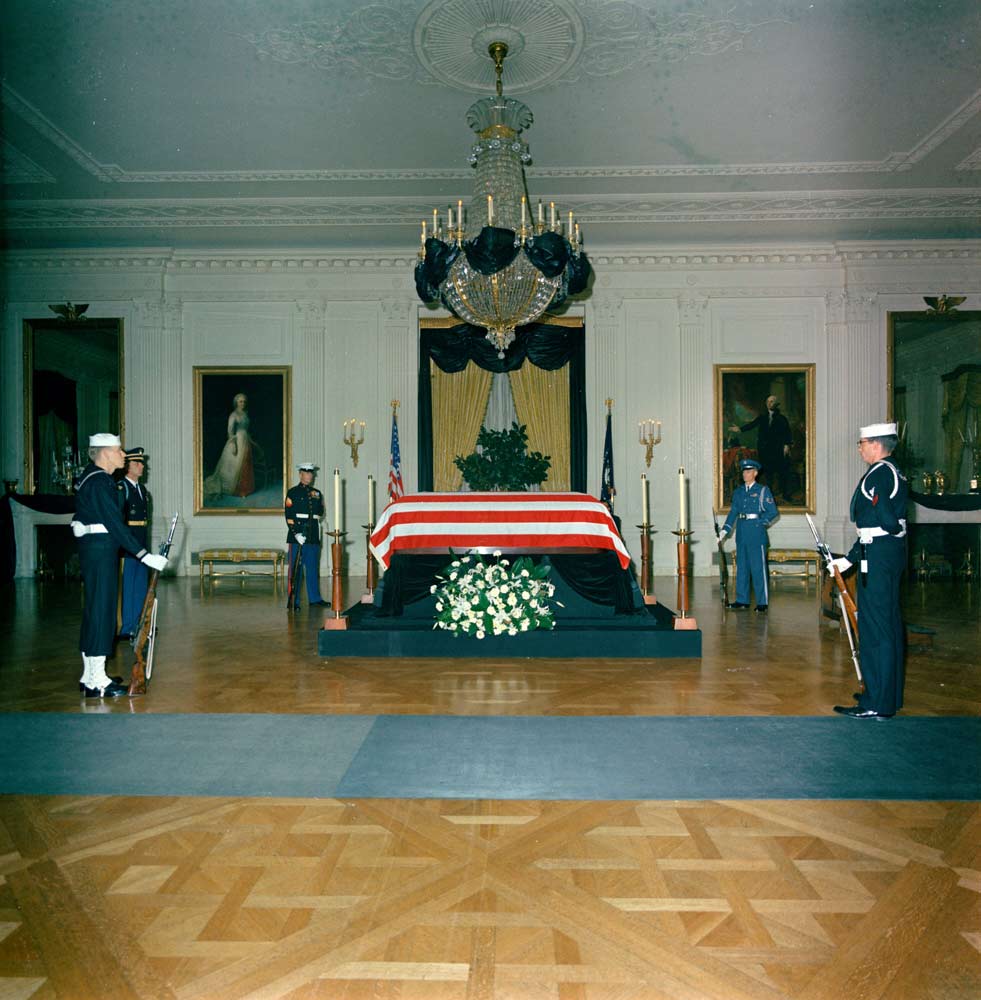
Inspired by Abraham Lincoln’s state funeral, Kennedy lies in state in the U.S. Capitol Rotunda, his coffin placed on the same wooden bier, or “catafalque,” that was built for Lincoln. (Photo by Robert Knudsen. Courtesy of the John F. Kennedy Presidential Library and Museum)
“I guess the idea of a state funeral for presidents came about simply because (President) William Henry Harrison died in office, which had not happened previously,” said Kyle Kondik, managing editor of Sabato’s Crystal Ball, the UVA Center for Politics’ newsletter.
“The funeral can be a way to connect someone with the past,” Kondik said. “After (President John F. Kennedy) was assassinated, Jackie Kennedy wanted the White House to look the way it had when Abraham Lincoln was assassinated. The White House contacted a prominent Civil War historian to help with the design, and the catafalque (a wood platform) that held Lincoln’s casket was retrieved to display JFK’s.”
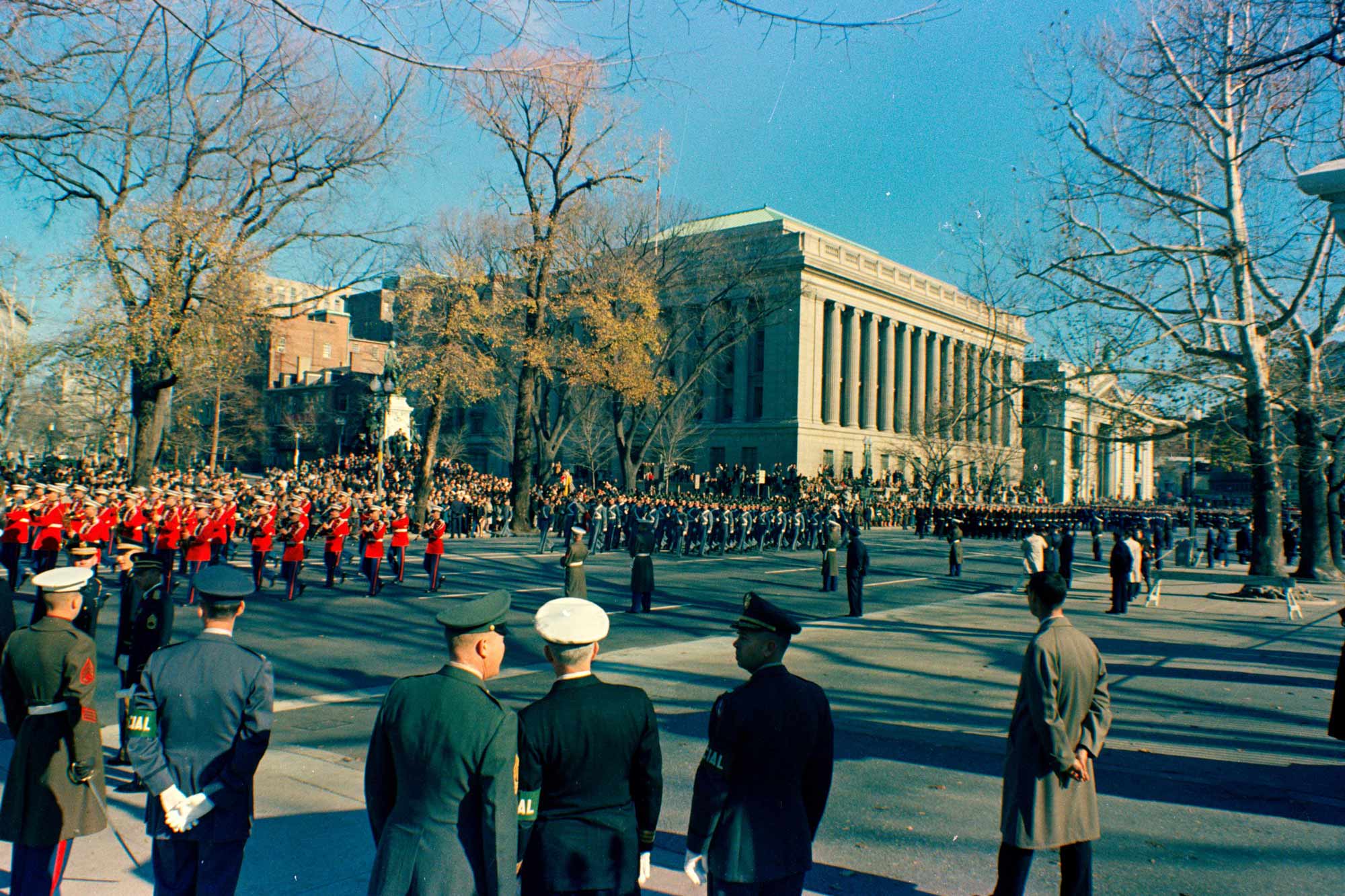
Military honor guards march in JFK’s funeral procession from the White House to the Cathedral of St. Matthew the Apostle in Washington. (Photo by Cecil Stoughton. Courtesy of the John F. Kennedy Presidential Library and Museum)
Lincoln’s funeral echoed Harrison’s with a national day of mourning, tolling bells, gun salutes and former presidents in attendance. A procession to the U.S. Capitol and lying in state in the building were new additions, as was a long train ride back to the president’s home state.
Perry vividly recalls JFK’s funeral.
“One of the most memorable aspects of the Kennedy funeral derived from military honors: the riderless horse with boots reversed in the stirrups to represent the fallen commander in chief. The ceremonial horse for JFK was called ‘Black Jack’ and pranced spiritedly up Pennsylvania Avenue to the Capitol,” she recalled. “Another military symbol is the transport of the president’s flag-draped casket on a caisson drawn by six white horses.
